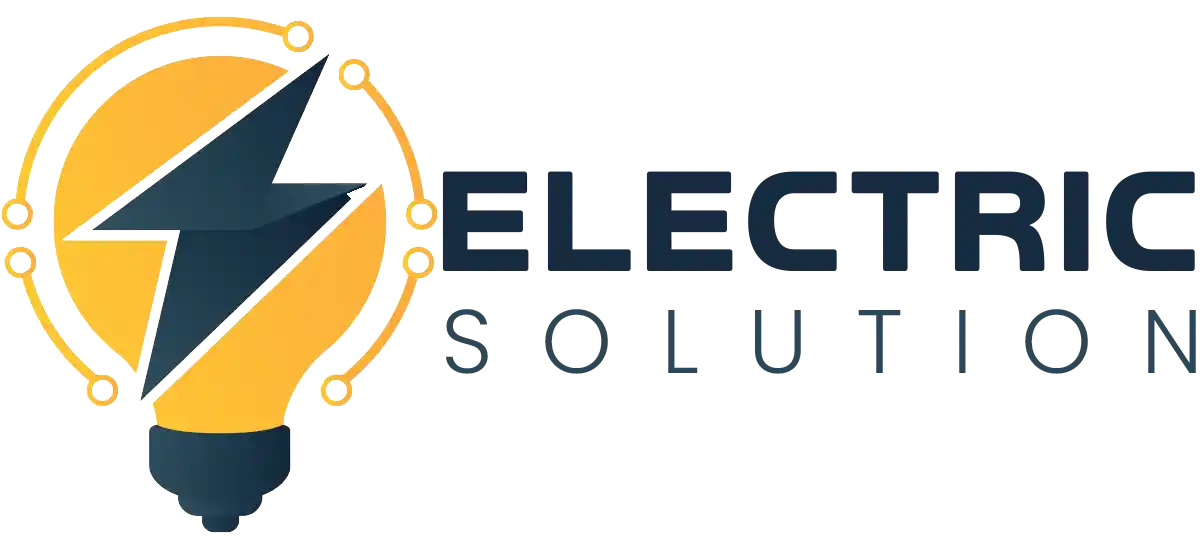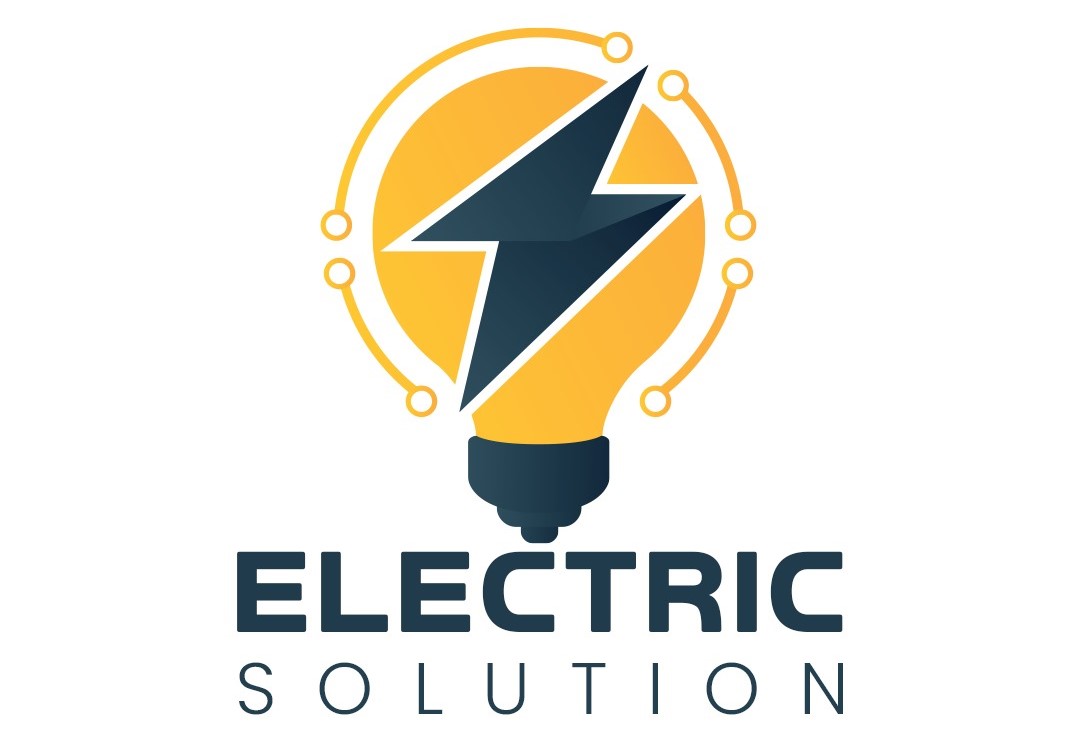Introduction
Solar energy is rapidly emerging as one of the most viable renewable energy sources, providing a cleaner and more sustainable alternative to traditional fossil fuels. With advancements in solar technology, declining costs, and increasing awareness of climate change, the global adoption of solar power is growing exponentially. In this article, we will explore how solar energy works, its key advantages, challenges, and the role it will play in shaping a sustainable energy future.
How Does Solar Energy Work?
Solar power is harnessed by converting sunlight into electricity using photovoltaic (PV) cells or by utilizing solar thermal systems. There are two main types of solar energy systems:
- Photovoltaic (PV) Systems – These systems use solar panels made of semiconductor materials, typically silicon, to convert sunlight into direct current (DC) electricity. This is then converted into alternating current (AC) using an inverter, making it usable for homes and industries. Learn more about PV systems.
- Solar Thermal Systems – These systems use mirrors or lenses to concentrate sunlight to heat a fluid, which then produces steam to generate electricity. Concentrated solar power (CSP) plants use this technology on a large scale. More on solar thermal technology.
Key Benefits of Solar Energy
1. Renewable and Sustainable
Unlike fossil fuels, solar power is an unlimited resource. The sun provides more energy in an hour than the entire world consumes in a year. This makes solar energy a highly sustainable energy solution.
2. Reduces Greenhouse Gas Emissions
Generating electricity from solar panels produces no carbon emissions, significantly reducing the environmental impact of energy consumption. By switching to solar power, countries can meet their carbon neutrality goals.
3. Lower Electricity Costs
Solar power systems allow homeowners and businesses to generate their own electricity, reducing dependence on the grid and lowering energy bills. Net metering policies allow excess solar electricity to be fed back into the grid for credits. Explore net metering benefits.
4. Energy Independence
By adopting solar energy, countries and individuals can reduce reliance on imported fossil fuels. This enhances energy security and stabilizes electricity costs in the long run.
5. Low Maintenance and Longevity
Once installed, solar panels require minimal maintenance. Most solar systems have a lifespan of 25-30 years, making them a reliable long-term investment. See solar panel maintenance tips.
Challenges of Solar Energy
1. Intermittency and Energy Storage
The solar power production technique depends on sunlight which causes energy output to change between daytime hours and darkness and when the weather is overcast. Tesla Powerwall and lithium-ion storage systems alongside other solar batteries enhance the reliability of stored solar energy. Learn about solar battery storage.
2. High Initial Costs
Solar panel installation costs have decreased substantially throughout time but startup expenses for installation still present a problem. Government incentives together with tax credits reduce the initial high costs.
3. Land and Space Requirements
The establishment of large-scale solar farming needs huge land areas leading to impracticality in densely populated urban locations. Installation of solar panels on rooftops serves as an excellent solar power solution for people who live in urban areas.
Innovations in Solar Energy
1. Bifacial Solar Panels function as dual-sided power generators because they absorb energy from both front and back sides to generate higher efficiency.
2. Narrowed down from 2% conversion efficiency to 25% now stands as the most promising technology for solar energy.
3. The practice of placing solar arrays on bodies of water supports two advantages: It saves ground space and boosts solar output performance.
4. Building structures can transform their windows into solar generation units with the installation of Solar-Powered Windows made from transparent PV films.
Solar Energy in Different Sectors
Residential Solar Power
The installation of rooftop solar panels by home owners serves two objectives: it helps them lower their electricity expenses while it also allows them to participate in clean energy development.
Commercial and Industrial Use
Google along with Apple and Amazon together with other leading corporations operate sustainable solar farm facilities for their company operations. See corporate solar adoption trends.
Solar Energy in Agriculture
Farmland uses photovoltaic-powered irrigation equipment combined with solar dryers and greenhouse heating technologies which improve agricultural output.
Utility-Scale Solar Projects
The Noor Abu Dhabi Solar Plant represents one of numerous mega solar facilities which governments worldwide establish to create 1.2 gigawatts of renewable power through photovoltaic panels.
Government Policies and Support for Solar Energy
- National governments are implementing various measures to boost solar energy acceptance across the world:
- Government support includes tax rewards combined with business property rebates for homeowners.
- The implementation of mandates by utilities becomes necessary to produce a specific amount of power from solar sources.
- The funding of solar technology development receives government support through research initiatives.
- Net metering regulations serve as supportive measures for home-based solar panel installation.
The Future of Solar Energy
TThe solar energy sector will experience substantial expansion because of three main factors:
• Advancements in solar panel efficiency
• Breakthroughs in energy storage solutions
• Decreasing costs of solar installations
The world has made official promises to change energy systems toward pollution-free operations.
Scientists investigate space-based solar power as a system to gather solar rays in space and wire their power transmission back to Earth. The future of solar power harvesting will change fundamentally through this technology breakthrough.
Conclusion
Solar energy functions beyond serving as a substitute for fossil fuels since it represents a vital segment of worldwide clean energy transformation. Forward momentum exists between solar power innovation together with government backing and growing popularity that will allow sunshine energy to become foundational for sustainable energy systems of the future. Implementation of solar technology right now at any residential, industrial, or utility sector will develop pathways toward a planet built for sustainability.
Final Verdict
The shift towards solar energy is inevitable and essential for global sustainability. Progress in solar technology along with better advantages than difficulties brings us closer to establishing a fully solar-powered world system. Solar infrastructure development and clean energy support must become a fully active part of regular operations for all stakeholders such as individuals businesses and governments. An energy-independent future along with reduced environmental damage combined with a resilient power grid awaits us through these actions that we will generate now for future generations.


